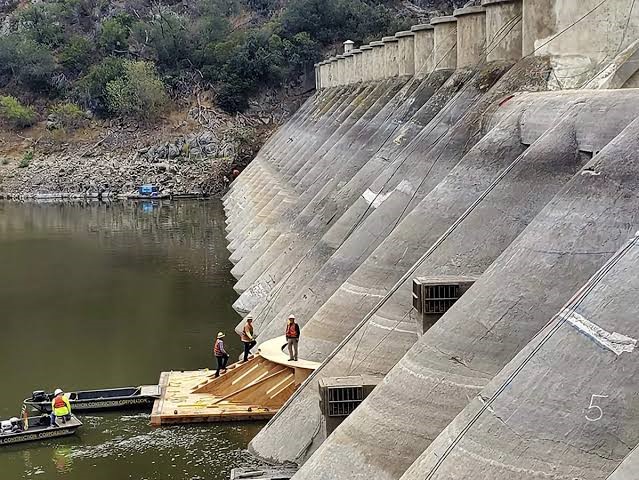
Saptakoshi Dam

20.10.2023
Saptakoshi Dam , Daily Current Affairs , RACE IAS : Best IAS Coaching in Lucknow
|
For prelims: Key Points,Proposed hydropower projects between India- Nepal, Sapta koshi High Dam,Saptakoshi river For mains GS paper: Saptakoshi river,Recent Developments in India Nepal Relations Sunkoshi Project,Sunkoshi-III Hydroelectric Project |
Why in the news?
Recently,Nepal and India have agreed to reduce the height of the proposed SaptaKoshi High Dam amid concerns in Nepal over the potential inundation of a large swathe of land upstream of the dam.
Key Points
- A Nepal-India Joint Team of Experts was established to study the Saptakoshi High Dam Multipurpose Project and the Sunkoshi Storage and Diversion Project.
- It will reduce the hydropower generation to around 2,300MW, down from the earlier proposed 3,000MW from the multipurpose project.
Proposed hydropower projects between India- Nepal:
- Saptakoshi High Dam Multipurpose Project
- Sunkoshi Storage and Diversion Project
- A 756 MW Tamor Storage Hydroelectric Project on theTamor river.
- The 635MW Dudh Koshi Hydropower Project.
- The 683 MW Sunkoshi 3 Hydropower Project
About Sapta koshi High Dam:
- It is a multipurpose project proposed to be built on Nepal's Saptakoshi River (known as the Koshi River in India).
- The project's primary goal is to prevent floods in southeast Nepal and northern Bihar while also generating hydropower.
- The Koshi Accord is a bilateral initiative of the Indian and Nepalese governments.
- The planned location is 1.6 kilometers upstream from the Barahakshetra Temple in Nepal's Sunsari district.
Saptakoshi river
- It is a major river of Nepal formed by seven large tributaries. Among these tributaries, Sunkoshi, Arun and Tamakoshi rivers originate in Tibet, the neighboring country of China, while Indravati, Likhu, Dudhkoshi and Tamor originate in Nepal.
- The river crosses into northern Bihar, India where it branches into distributaries before joining the Ganges near Kursela in Katihar district.
- The Kosi carries the maximum amount of silt and sand after the Brahmaputra in India.
- It is also known as the “Sorrow of Bihar” as the annual floods affect about 21,000 sq. km. of fertile agricultural lands thereby disturbing the rural economy.
- Kosi is the 3rd largest tributary of the Ganges by water discharge after Ghagra and Yamuna.
- In 1946, an on-site survey was conducted by the Government of India for the study of the Sapta Koshi High Dam Project.
Sunkoshi-III Hydroelectric Project
- Sunkoshi 683 MW Hydropower Project, also called Sunkoshi-III Hydroelectric Project.
- It is a proposed power plant to be constructed in an area of 5,520 sq. km in Kavrepalanchok, Ramechhap, Sindhuli and Sindhupalchowk districts of Nepal.
- The proposed Sunkoshi-III Dam site is some 60 km far from Kathmandu city.
- It is proposed to be sponsored jointly by two Bangladeshi conglomerates, Summit Group and United Group along with developers from India and Nepal in cooperation with Governments of Bangladesh and Nepal.
- The construction of the power plant is likely to commence in 2027 and is expected to enter into commercial operation in 2031.
Some other Recent Developments in India Nepal Relations
BOOT: Build Own Operate and Transfer
The Government of Nepal and Sutlej Jal Vikas Nigam (SJVN) Limited signed a Memorandum of Understanding (MoU) in 2008 for the project's execution on a Build Own Operate and Transfer (BOOT) basis for a period of 30 years, including five years of the construction period.
Hydropower Initiatives:
Nepal has also encouraged Indian firms to invest in the West Seti hydropower project.
Border-crossing Rail Link:
The 35-kilometer cross-border train link between Jayanagar, Bihar, and Kurtha, Nepal, would be operationalized before being expanded to Bijalpura and Bardibas (Nepal).
Source: